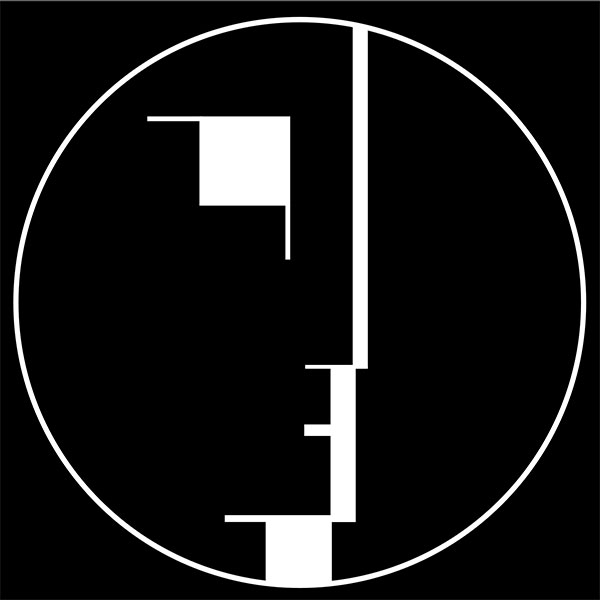Colorado College Special Collections received $75,000 from the Buddy Taub Foundation with the stipulation that the funds be used for a specific purchase: a small collection of extremely rare Bauhaus materials.
“It’s an amazing collection of very rare and interesting things,” says Jessy Randall, archivist and curator of Special Collections at Tutt Library. “I’m going to have fun sharing it with students and researchers.”
A three-page “Programm des Staatlichen Bauhauses in Weimar” by German architect Walter Gropius serves as the 1919 manifesto for the Bauhaus movement he founded. It is illustrated with the famous “Kathedrale” woodcut (left) by Lyonel Feininger. Randall notes that this particular copy was a gift from Gropius to his student and colleague Chester Nagel, and fewer than 10 copies of the fragile document are known to have survived.
The second item is a test print of the “Kathedrale” woodcut, and somewhat smaller in size than the print used for the cover of the “Programm.” This, too, was a gift from Gropius to Nagel, and a similar test print is housed at the Museum of Modern Art In New York City.
The third, a copy of “Satzungen Staatliches Bauhaus in Weimar,” is one of only three known copies in the world. The 1922 handbook for the Weimar Bauhaus school was printed soon after the school’s adoption of Gropius’s maxim “Kunst und Technik – eine neue Einheit” (“Art and technology – a new unity”).
Last in the new collection is a pair of original Gropius designs in pencil. One is the name of his daughter, “Manon Gropius,” in shaded block letters; the other is a series of architectural sketches.
As a side note, Aaron Cohick, printer at The Press at Colorado College, notes an interesting Colorado/Bauhaus connection: Bauhaus artist Herbert Bayer moved to Aspen after he left Germany and had solo shows at the Colorado Springs Fine Arts Center in 1947 and 1962.
The Bauhaus movement began in 1919 when Gropius founded a school with a vision of bridging the gap between art and industry by combining crafts and fine arts. Prior to the Bauhaus movement, fine arts such as architecture and design were held in higher esteem than craftsmanship (i.e., painting, woodworking, etc.), but Gropius asserted that all crafts, including art, architecture and geometric design, could be brought together and mass-produced. “Bauhaus” is an inversion of the German term “hausbau,” which means “building house” or house construction.
The Buddy Taub Foundation’s mission is to make funds available to museums and research libraries for the purchase of desirable materials they would not otherwise be able to afford and hand-picks the institutions and items for purchase. Past recipients include the Pierpont Morgan, Huntington, and Lilly libraries, among others.
The Bauhaus items are available for public viewing during regular Special Collections hours, 9 a.m. to noon and 1-5 p.m. weekdays, in Tutt Library.
